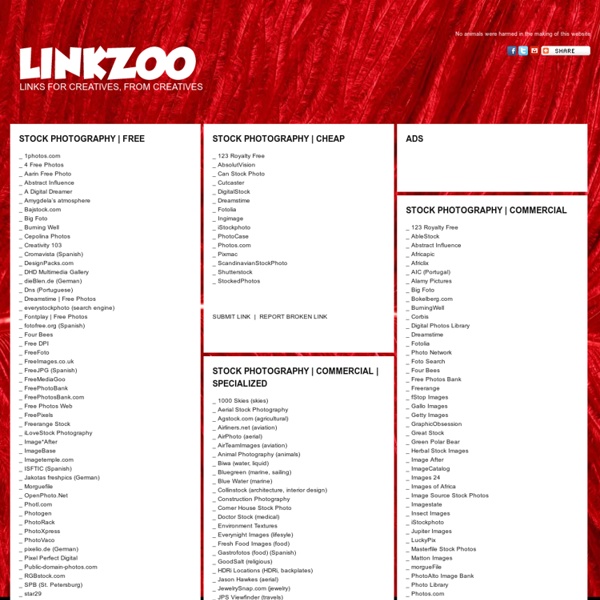



Blank Flyer Templates - Free Print Templates at You The Designer General Terms and Conditions UPrinting.com is owned and operated by Digital Room, Inc. By visiting or registering with the UPrinting.com website ("Site"), you agree to be bound by the terms and conditions. If you do not agree to all of the terms and conditions, please do not use the "Site." Copyright Notice color palettes Choosing the right color scheme is essential to your website’s success. Your layout and other design choices — including font — should be developed in concert with your color scheme, which can ensure readability, cohesiveness, and beauty in the final product. Unfortunately, making that choice or creating a color palette from scratch can be quite the challenge. That’s why for today’s post I’ve put together a collection of 50 beautiful color palettes that are ready to use for your next web project. If you like these, check out another 24 palettes I’ve recently rounded up.
The Ultimate Collection of Free Photoshop Patterns Photoshop patterns offer a quick way to enhance your project with a cohesive look. Here are a collection of absolutely beautiful photoshop patterns. Whether you use patterns to fill the entire background of your site or just a specific area of your design, you will definitely find these useful. Download these free Photoshop patterns to make an amazing poster printing design.
Designzzz - Free Useful Resources for Designers, Developers and Photographers eye sharpening With this tutorial you can create amazing, bright eyes within minutes. First retouch, adjust levels and do all necessary colour corrections on your image. With a Lasso Tool (L) select the eyes (hold Shift key to add to selection). Hit Ctrl+J to copy selection to a new layer. The 50 best free Photoshop brushes Photoshop brushes are a fantastic time-saver as they allow you to quickly create rich artwork without having to draw all the individual design elements. There's a huge spectrum of brushes available ranging from leaf designs to fabric textures, cloud patterns to typography. While Photoshop CC does ship with a set of brushes pre-installed, they only scratch the surface of what's possible with the brush engine.
HDR Photography, Travel Photography and Camera Reviews 40 Amazing People Silhouette Sets for Designers A silhouette refers to the picture of a person, an object or a scene which is represented by a solid shape of single color. This color is usually black but not always. Also, the background of that solid shape is usually white but not always. In simple words, if you take a photograph of someone standing just before the sun, standing in such a way that the sun is completely hidden from view, then what you get is known as a silhouette.
50 Must-Have Photoshop Brushes by Daved Brosche Having a good collection of Photoshop brushes is essential for any designer. There is certainly no shortage of Photoshop brushes on the Web these days. The problem with Photoshop brushes isn’t in finding brushes, but in finding quality brushes. Below you’ll find a collection of quality brushes that every designer should find handy. Free Quality Photoshop Brushes for Your Design Arsenal Design With so many free Photoshop brushes being shared around the web, it can always be a bit tricky to sort through the masses to grab those true quality packs that are available. So we have once again, sought to help out our readers by doing some of the work for you. With designers constantly on a quest to build up their arsenal of resources, we dove into the web and came up with a few choice treasures for you to check out. Below are the fruits of our labor.